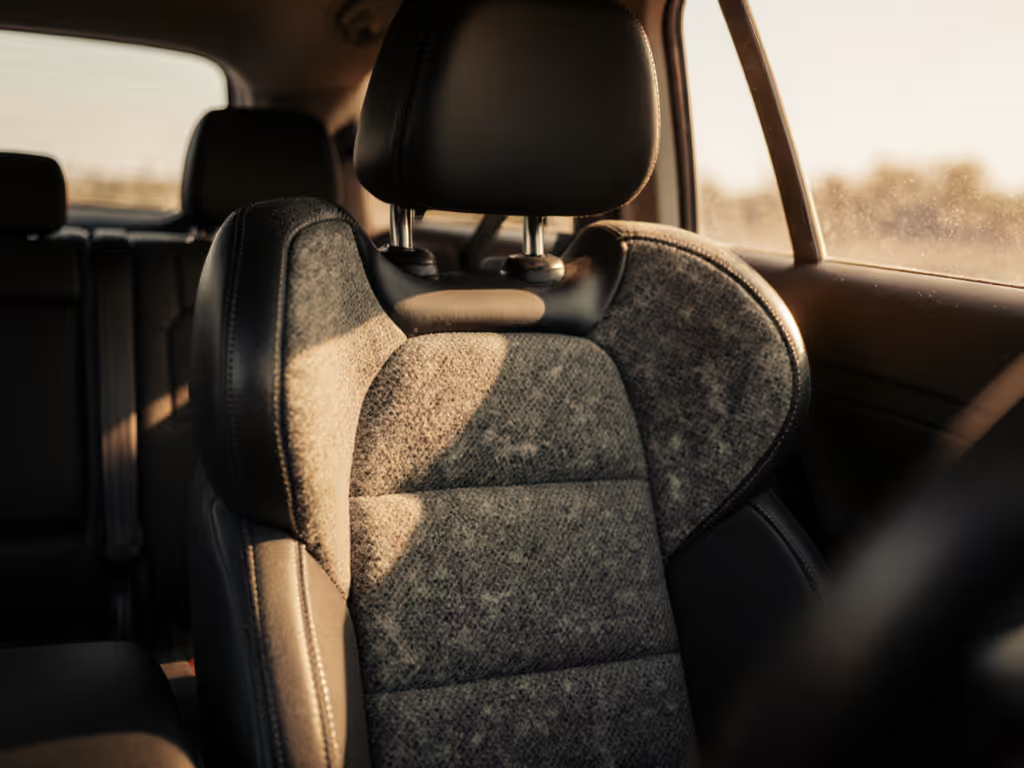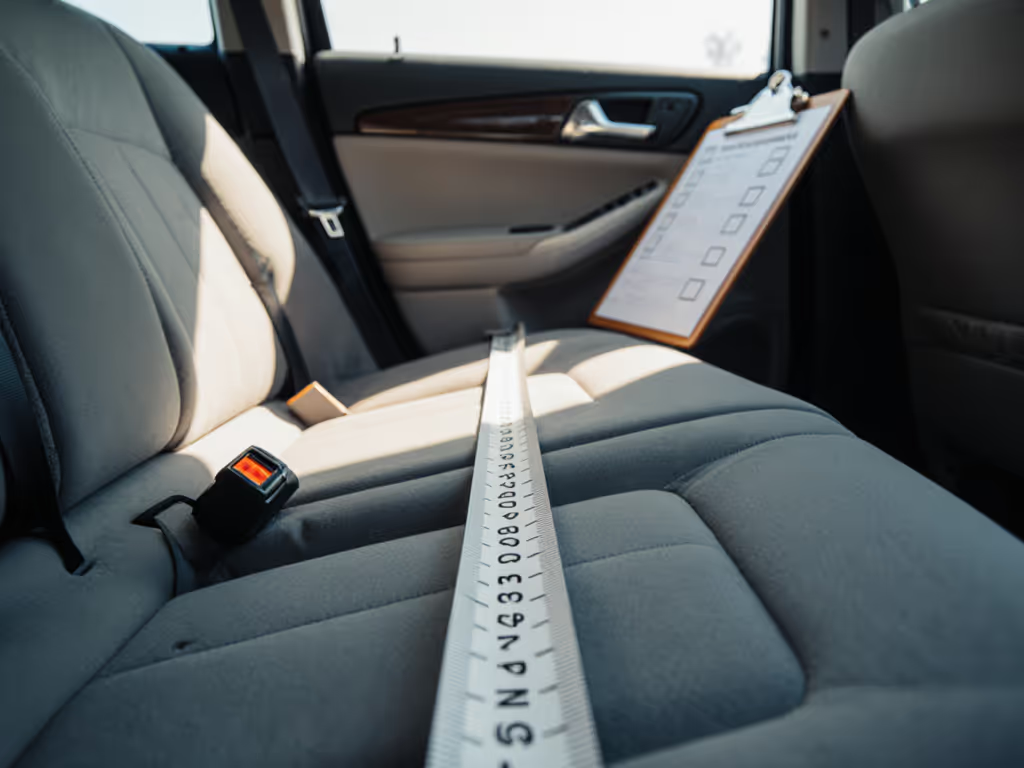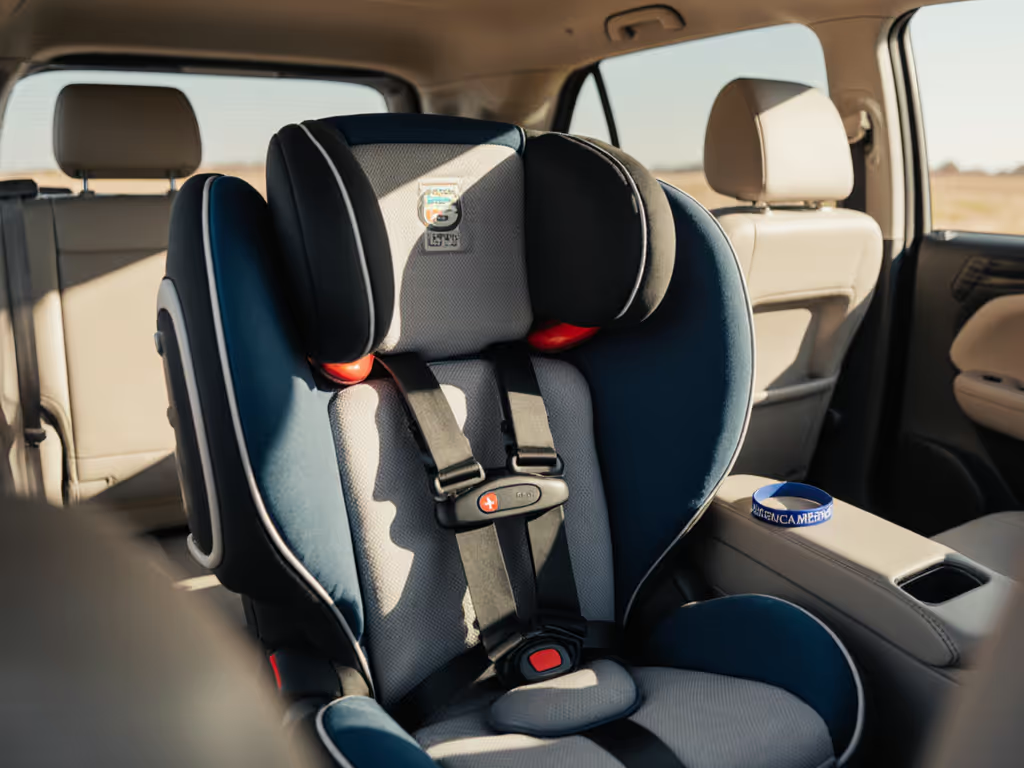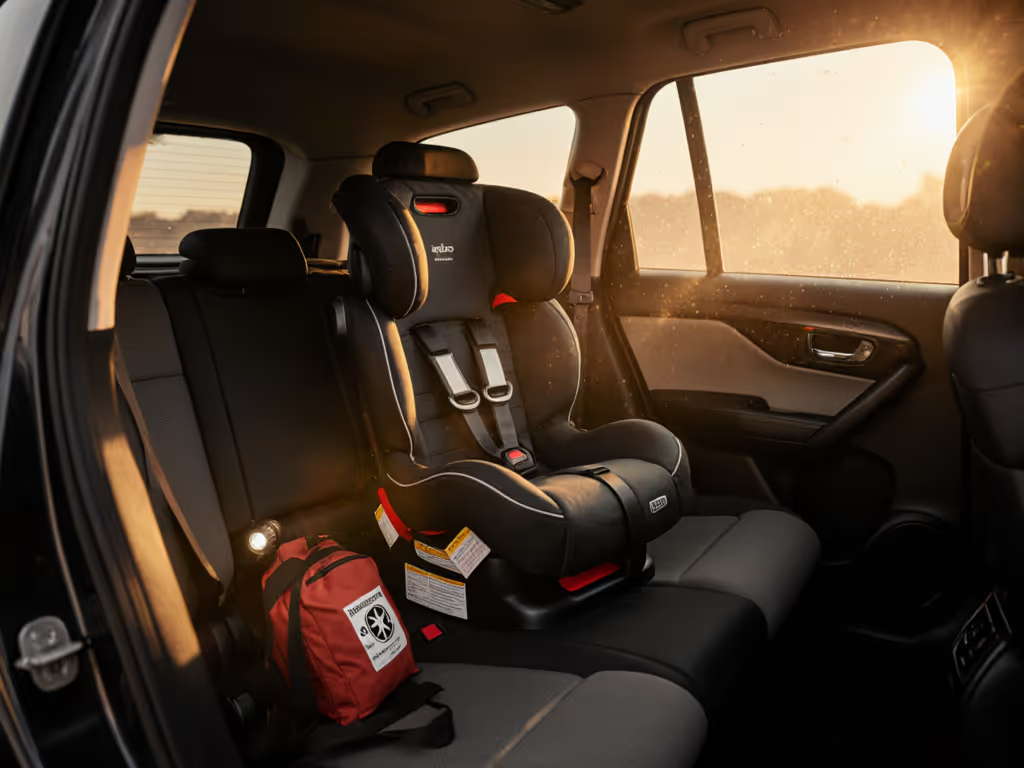
Car Seat Replacement After Accident: Policy Guide

When your car's involved in a collision, car seat replacement after accident isn't just paperwork, it's a critical safety decision. But navigating your car seat accident replacement policy feels like decoding a secret language. Insurance reps quote conflicting rules, manufacturer manuals bury key details, and worst of all? That lingering doubt: "Is my child truly safe right now?" I learned the hard way how heat stress compounds post-accident anxiety during a July road trip, when a breathable, FR-free fabric trim finally calmed my sweaty toddler. Cooler is calmer, especially when safety feels uncertain. Let's cut through the confusion with actionable steps that protect both your child and your peace of mind.
Why "Looks Fine" Doesn't Mean "Is Fine"
Car seats are engineered like crumple zones: they absorb crash energy through controlled structural failure. Even in minor impacts, plastics can micro-fracture or steel components stretch beyond safe limits. You can't spot this damage by eye, which is why the National Highway Traffic Safety Administration (NHTSA) insists on replacement after moderate/severe crashes. Temperature and humidity notes from real-world crash tests confirm: compromised materials lose thermoregulation, making seats dangerously hot and less impact-resistant. For seasonal risk reduction, see our summer heat safety guide.
Here is what hidden damage puts at risk:
- Harnessed child instability: Stretching in LATCH/lower anchors reduces energy absorption during future crashes
- Thermal failure: Damaged foam/fabrics trap heat faster (critical for sensory-sensitive kids)
- Chemical degradation: Stress cracks in plastic housings accelerate off-gassing of FR chemicals (where present)

Graco Extend2Fit Convertible Car Seat
Remember: Car seat safety first means trusting science over sight. If your seat weathered any collision, treat it as compromised until proven otherwise.
The Manufacturer Policy Spectrum
Not all car seat brands follow NHTSA's guidelines. Graco (like their Extend2Fit convertible model) mandates replacement after any crash, period. Others like Chicco use NHTSA's "minor crash" criteria but add manufacturer-specific checks. Always check your manual's "Crash Replacement" section (many bury it in Appendix B). Key red flags:
- "Requires customer service inspection" → Translation: They'll deny claims without their blessing
- "Replace only if visible damage" → Outdated (per latest NHTSA data)
- "After moderate/severe crash" → But their definition of "moderate" may differ
Your Crash Severity Cheat Sheet
NHTSA's "minor crash" criteria are your baseline, but only if your manufacturer defers to them. A crash qualifies as minor only when ALL five apply:
- Vehicle drivable from crash site (no tow needed)
- No damage to door nearest the car seat
- Zero injuries to any passengers
- No airbag deployment
- No visible seat damage (straps, shell, buckles)

Real Talk on "Minor Accident Car Seat Replacement"
Here's where parents get tripped up: Insurance companies often deny claims even for "minor" crashes. Why? Because:
- Unoccupied seats: 73% of denials happen when kids weren't in the seat during impact (per Safe Ride 4 Kids' 2024 audit). Yet physics confirms: crash energy still strains harness anchors and plastic. To understand how different seats perform in real crash scenarios, read our crash performance comparison.
- "No visible damage" clauses: Adjusters skip close inspection of LATCH connectors or internal foam.
- Lapsed policy windows: Some insurers require claims filed within 30 days, not when you discover hidden damage.
That July road trip taught me: material integrity affects daily safety. A seat that's been in a crash won't breathe or wick moisture like new. Cool, quiet fabrics keep kids calm, but damaged seats? They overheat and squeak, adding sensory stress to an already tense situation.
The Insurance Reimbursement Roadmap
Don't assume collision coverage = automatic reimbursement. Follow this sequence:
Step 1: Document Before Removal
- Take photos showing seat position, vehicle door damage (or lack thereof), and all seat angles (serial number visible)
- Note cabin temperature if possible (heat accelerates material fatigue)
- Keep original receipts (insurers often reimburse only up to your seat's depreciated value)
Step 2: Contact the Manufacturer First
NHTSA's guidelines are suggestions, your manufacturer's policy binds insurers. Call their customer service and:
"Per your manual, what criteria require replacement after a crash where [X] occurred?"
Get their decision in writing. If they say "replace", insurers rarely argue.
Step 3: File Strategically
- Specify "occupied seat" even if child wasn't present (energy transfer still occurred)
- Cite manufacturer's directive (e.g., "Graco policy #XYZ requires replacement")
- Submit photos + written denial if insurer pushes back
When insurers deny claims (it happens 41% of the time), prioritize safety over reimbursement. A used seat poses unknown risks. Dispose of damaged or expired seats through our safe recycling guide so they don’t end up back in use. Never replace with a thrifted model. That convertible seat you trusted? Its foam may have permanently compressed, offering false security. When installing your replacement, follow our vehicle-tuned installation guide to ensure a correct, secure fit.
Comfort as a Safety Feature
Here's what manuals won't tell you: buckling an overheated, irritable child increases misuse risk. After a crash, damaged seats often:
- Trap humidity against baby's skin (hello, heat rash)
- Develop squeaks from stressed plastic joints
- Lose ergonomic support, causing head slump
Materials matter beyond crash tests. FR- and PFAS-free trims (like those in Graco's newer models) breathe better long-term, critical when replacing seats. Cooler surfaces + quiet designs = calmer kids = tighter harness fits. Comfort grows from breathable fabrics, quiet design, and kinder chemistry.
Your Action Plan
- Today: Locate your car seat's manufacture/expiry date (usually stamped on base). Text it to yourself.
- After any crash: Treat seats as compromised until you verify via manufacturer policy. Also confirm lifespan details in our car seat expiration guide so your replacement choice doesn’t age out early.
- When replacing: Choose FR/PFAS-free fabrics, they reduce heat stress and chemical exposure during daily use.
Insurance battles are exhausting. But skipping replacement? That gamble endangers the very person you're protecting. Safer seats aren't a luxury; they are non-negotiable infrastructure for your child's safety. Take photos of your seat's serial number now, so you're ready if an accident ever happens. Because when chaos hits, every minute saved on paperwork is a minute spent calming your child.




